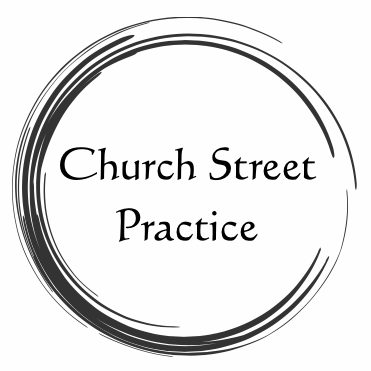Why choose osteopathy to help with my pain?
When you see an osteopath you can be reassured that you are seeing a professional practitioner who has not only completed a 4 year degree course in osteopathy but is registered with a statutory governing body (General Osteopathic Council) which requires him/her to undergo a minimum of 30 hours continuing professional development every year and ensures the protection of ethical standards.
Osteopaths are trained to look out for any medical red flags which might mean a referral back to the GP or further investigations before being satisfied that osteopathic treatment is safe.
What osteopaths are really good at is firstly identifying which tissue is causing you pain but then understanding why this has happened, what the very underlying cause is and then explaining that to you.
They achieve this by using a highly trained sense of touch to feel subtle changes of tension and tissue quality in the living anatomy of the whole body, and to diagnose areas of strain or dysfunction. Much of this is by palpating the “cranial’ mechanism, a series of subtle, inherent movements within the whole body (not just the head) which occur in a balanced and rhythmic way when in good health.
The osteopath often identifies areas in the body that have been affected by past events, such as old accidents and injuries. Often the body has learned to adapt or compensate for a traumatic event or injury and therefore the patient may be unaware that there is anything wrong, but the effects may still be present and relevant to current symptoms.
The osteopath uses an extremely gentle hands on intervention where it is needed to bring the tissues into a state of balance and release; ultimately, to restore it to health.
Using this specialised approach helps the osteopath to understand and treat the cause of the symptoms and to reduce the chance of symptoms returning in the future.
